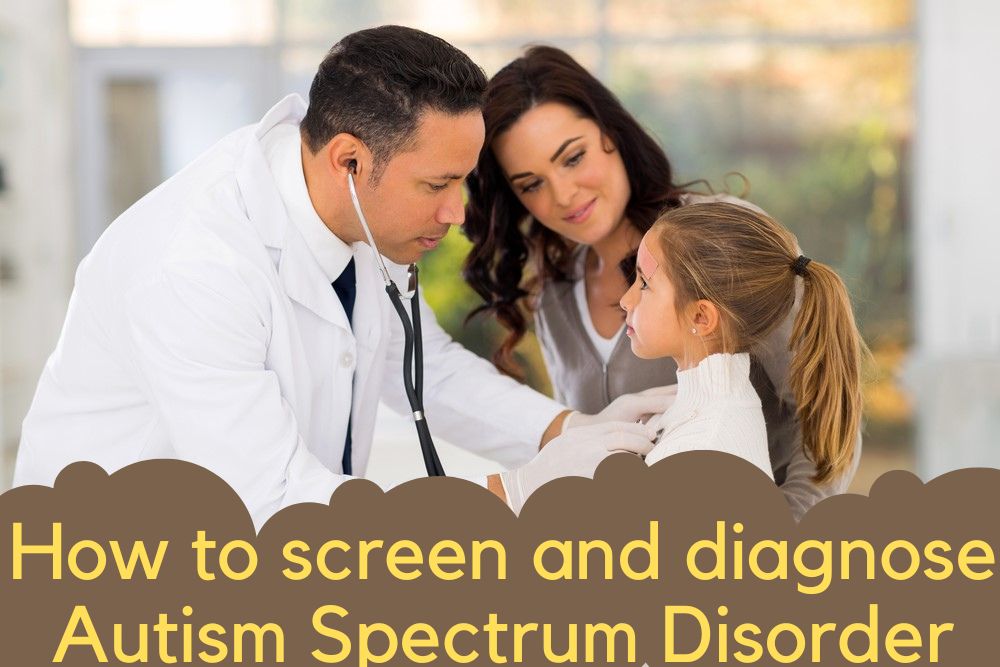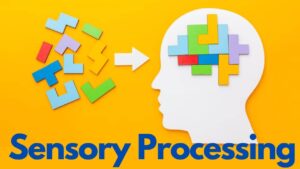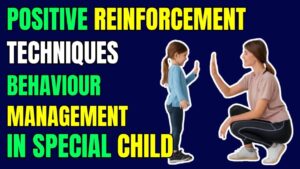How to diagnose Autism Spectrum Disorder? Well, Diagnosing an autism spectrum disorder (ASD) can be challenging because there is no medical test, like a blood test, or brain scan to diagnose the disorder. Doctors review the child’s developmental history and behavior to make a diagnosis.
ASD can be detected at 18 months of age or earlier. By 2 years of age, a diagnosis by an experienced professional will be reliable. However, many children unable to get a final diagnosis until much older. Some people are not diagnosed until they become adolescents or adults. This delay in diagnosis will result in missing the early help they need.
Diagnosing people with ASD as early as possible is important to make sure they receive the services and supports they require to reach their full potential. There are many steps in this process.
Developmental Monitoring to diagnose Autism Spectrum Disorder

Developmental monitoring includes observing how your child grows and whether your child meets the growth milestones, or skills that most children reach by a certain age, in playing, learning, speaking, behaving, and walking.
When you take your child to a doctor at 18 to 24 months, your doctor or nurse will also do developmental monitoring. The doctor or nurse might inquire you about your child’s development. They may talk and play with your child to see if they are developing and achieving milestones. It may be of 3 types
A-Social Communication and Interaction Skills
It can be challenging for a person with ASD. It may include:
- No or less eye contact
- No response to name by 9 months of age
- Not showing facial expressions like happy, sad and angry by 9 months of age
- Not wave goodbye by 12 months of age
- Not singing, dancing, or acting for you by 60 months of age

B-Restricted or Repetitive behaviors or Interests
Restricted or repetitive behaviors and interests related to ASD can include
- Lines up toys and gets upset when sequence is changed
- Repeats words or phrases many times (called echolalia)
- Gets upset by small changes
- Must follow definite routines
- Flaps hands, rocks body, or spins self in circles
- Has unusual reactions to sound, smell, taste, look, or feel
C-Other Characteristics to diagnose Autism Spectrum Disorder
Most people with ASD have other related characteristics. These might include
- Delayed language skills
- Delayed movement skills
- Delayed cognitive or learning skills
- Hyperactive, impulsive, and/or inattentive behaviour
- Epilepsy or seizure disorder
- Abnormal eating and sleeping habits
- Gastrointestinal issues (like constipation)
- Unusual mood or emotional response
- Anxiety, stress, or excessive worry
- Lack of fear or more fear than expected
Your doctor or nurse may also inquire about your child’s family history.It may be ASD, learning disorders, intellectual disability, or attention deficit/hyperactivity disorder (ADHD). The Controversial Cause Of Autism: Could It Be preventable?
Developmental Screening
Developmental screening include a closer look at how your child is developing.
It is a regular part of some doctor child visits even if there is not a known concern.
- The American Academy of Pediatrics (AAP) suggests
that all children be screened particularly for ASD during regular well-child visits at these ages:
- 18 months
- 24 months
Questions may be related to language, movement, and thinking skills, behaviors and emotions. Developmental screening can be done by a doctor or nurse, or other professionals in community, or school settings. Your doctor may ask you to fill a questionnaire as part of the screening process. Screening other than the recommended ages should be done if parents or your doctor have a concern. Additional screening required if a child is at high risk for ASD (such as, having a sibling or other family member with ASD) or if behaviors associated with ASD are present. If your paediatrician does not periodically check your child with a developmental screening test, you can request for that.
Developmental Diagnosis
A brief test by a screening tool does not confirm a diagnosis, but it can hint whether a child is on the right development track or it needs any intervention by specialist. If the screening tool indicates an area of concern, a formal developmental assessment may be needed. This formal assessment is a more in-depth evaluation of a child’s development .It is generally done by a trained professionals such as a developmental pediatrician, child psychologist, speech-language pathologist, occupational therapist, or other specialist. The specialist may observe the child, give the child a organized test, inquire with the parents or caregivers some questions, or ask them to fill out questionnaires. The results of this assessment highlight your child’s strengths and challenges and can indicate whether they meet criteria for a developmental diagnosis.
The results of a formal developmental assessment can also inform whether your child needs early intervention services or not.






Greetings! Very helpful advice within this article! Its the little changes that produce the most significant changes. Thanks for sharing!